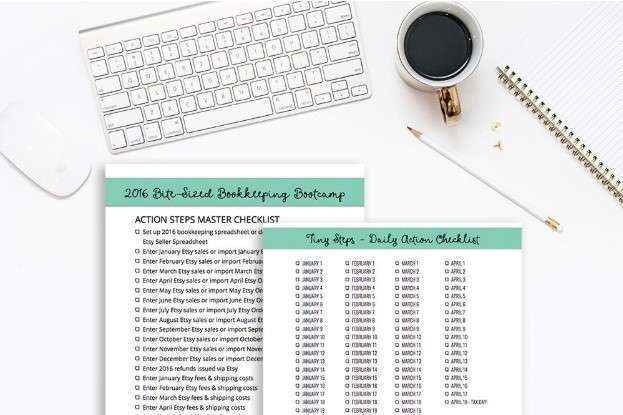
This includes making timely choices, accurately forecasting, controlling budgets, and using crucial metrics for strategic planning. At its core, Accounts Payable Automation is the technology-driven process of converting the manual tasks involved in managing a company’s accounts payable into automated workflows. This encompasses everything from the initial receipt of an invoice to the final payment of the bill. AP Automation from Stampli streamlines the accounts payable invoice approval process by identifying the correct approvers, sending notifications, and automating reminders. In addition, AP Automation enables businesses to keep all documents (Purchase Orders, https://www.bookstime.com/ receiving documents or receipts, and previous invoices) in one place so everyone has what they need to take action. While there’s an initial investment, the long-term savings and benefits can be substantial.
Duplicate invoices and payments

Most modern solutions are designed to seamlessly integrate with a wide range of financial systems and ERP platforms. It’s like adding a turbocharger to your car – boosting performance without changing what’s already working well for you. The gross vs net second pillar is the intelligence of the system, an AI-powered core that shapes the workflow, ensuring that every manual process and data transformation is automated, and every human review is easier. In any evolving narrative, there are non-negotiables — factors that must be present for the story to advance. When it comes to AP automation, these 3 non-negotiables are the pillars that will ensure a solid efficient structure of your accounts payable process. It is important to talk about the profound shift Accounts Payable Automation brings to an AP department’s ethos and operations.

Financial visibility & control

Ardent estimates an average of 17.4 days to process a single invoice for a heavily manual, paper-based business, while best-in-class organizations with automated process flows average just over three days. It is no exaggeration to say that ap automation shaving two weeks off your invoice processing time saves plenty of money, while also opening the door to discounts that may not have been previously achievable. Accounts Payable software operates by digitizing and automating the entire invoice processing workflow. At its core, it uses technologies like Optical Character Recognition (OCR) to convert invoice data into digital format.
- But with AP Automation, advanced AI techniques like NLP and LLM are here to tackle the grunt work.
- Automating your finance department doesn’t mean throwing out everything you’ve worked on to start from a blank slate.
- This seamless integration ensures data consistency and streamlines financial processes across the organization.
- This includes making timely choices, accurately forecasting, controlling budgets, and using crucial metrics for strategic planning.
- And it’s now more often done by migrant farmworkers who sometimes put in 20-hour days to keep up.
- Wire transfers also cost more because their use comes with greater bank chargers than methods like ACH.
Accounts Payable Automation Increases Profitability

With HighRadius’ account payable automation software, businesses can seamlessly integrate AP automation, resulting in substantial savings and swift implementation. Our automated invoice processing uses AI to capture accurate invoice details, match them to POs, route for approval, and avoid duplicate bills. The ability to make ACH payments recurring and automatic is their strongest selling point. It also comes with a loss of control, less privacy, and the potential for automated payments that aren’t monitored to overdraw or overpay a charge. With better insight and transparency within these areas, companies can make informed decisions impacting finances directly correlated with revenue generation.
- Unauthorized users should not be able to initiate workflows or approve invoices.
- This shift not only improves the efficiency and effectiveness of the AP department but also elevates its role within the organization.
- Timely invoice processing is ensured by automation technology combined with transparent transaction tracking systems.
- Typically, AP automation facilitates digital document handling, invoice management, purchase order alignment, and payment matching.
- The best part of cashback on virtual cards is that it doesn’t really require extra work.
- Join us for an exciting webinar series as we delve into the transformative potential of AI in the finance world, hear insights and discover lessons on integrating AI into the financial landscape.
Reasons Why You Should Not Manage OCR Software Internally
AP automation improves efficiency by automating routine tasks and reducing the potential for human errors. It aids the processing of invoices, minimizes the risk of data entry mistakes, and ensures that invoices are matched accurately with purchase orders and receipts. With AP automation, invoices are processed accurately and efficiently, saving time and resources. Your accounts payable (AP) process is at the heart of your business operations, but is it as efficient as possible? In a landscape where every second counts, manual AP processes aren’t just outdated—they hold you back. Delays, errors, and inefficiencies can cost your business more than just time; they can impact your vendor relationships, cash flow, and overall financial health.

Such integration fosters improved productivity and ensures consistent data accuracy across all platforms used within the business. AP automation software utilizes Optical Character Recognition (OCR) technology that digitally extracts information from invoices, eliminating the need for manual data entry. By following these three steps, you can ensure a successful implementation of AP automation software, leading to improved efficiency, accuracy, and financial control within your organization. Our software provides a centralized workspace where you can monitor invoice processing queues, supplier interactions, and credit memos—all with multi-entity access controls.